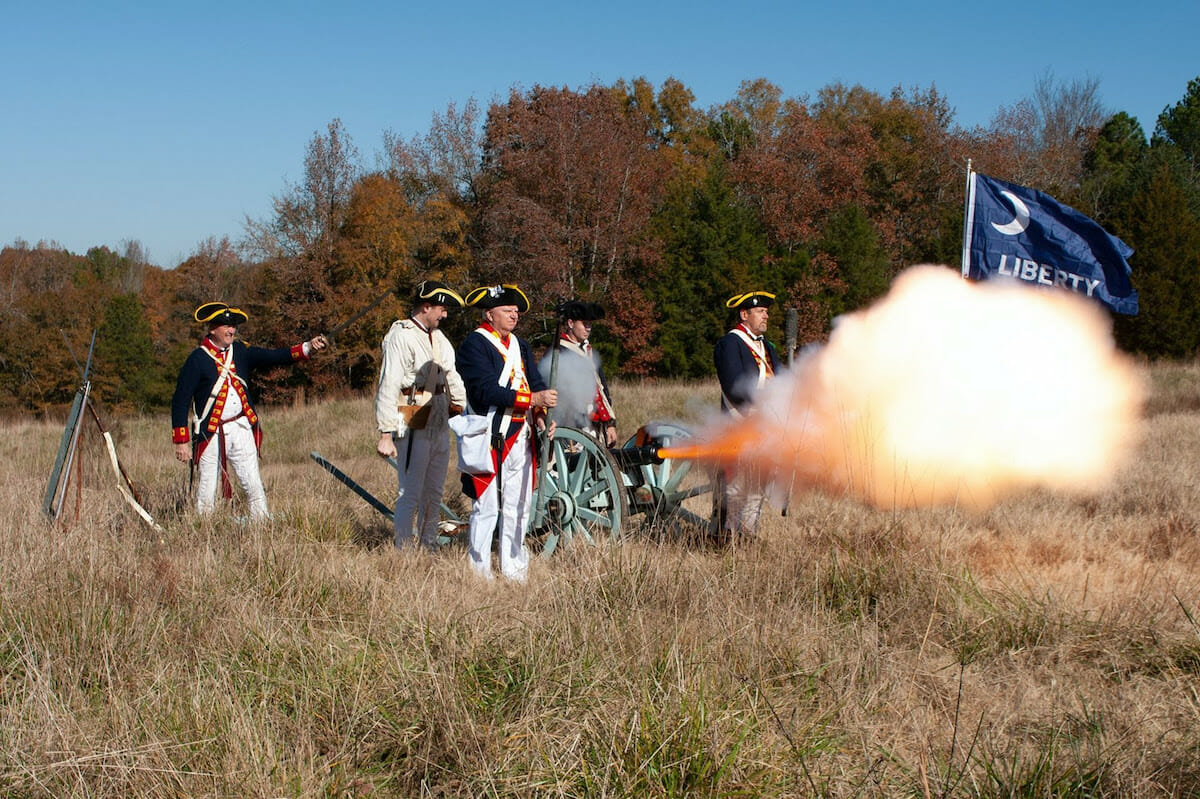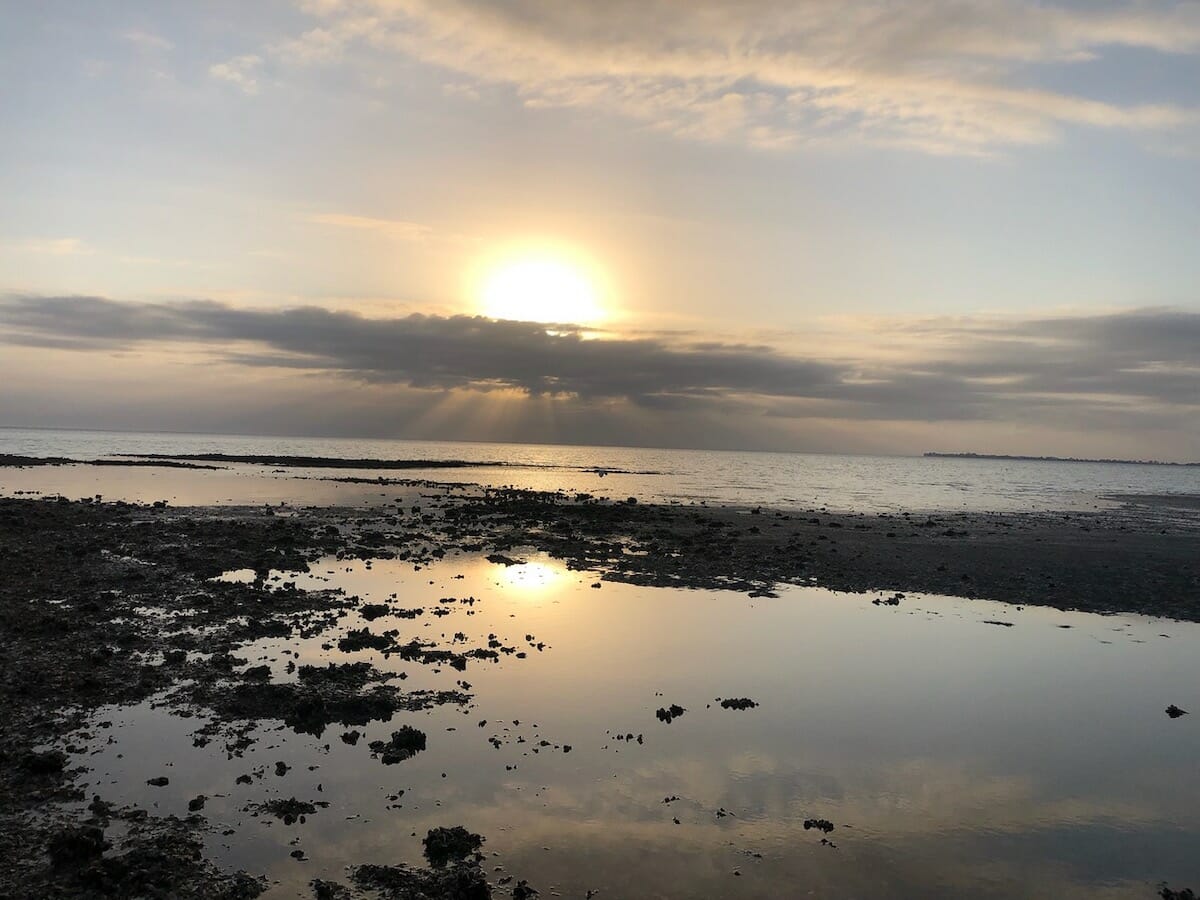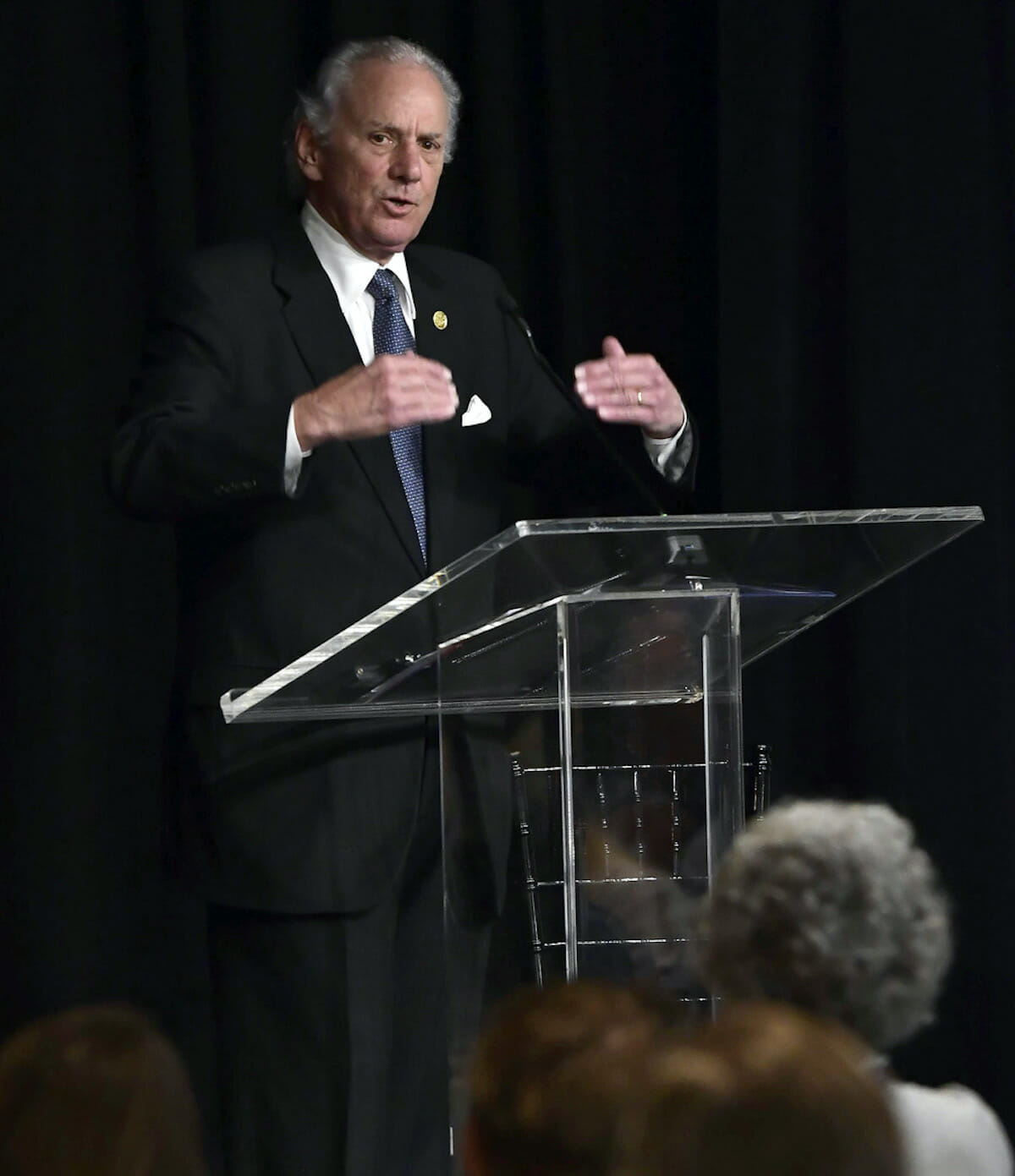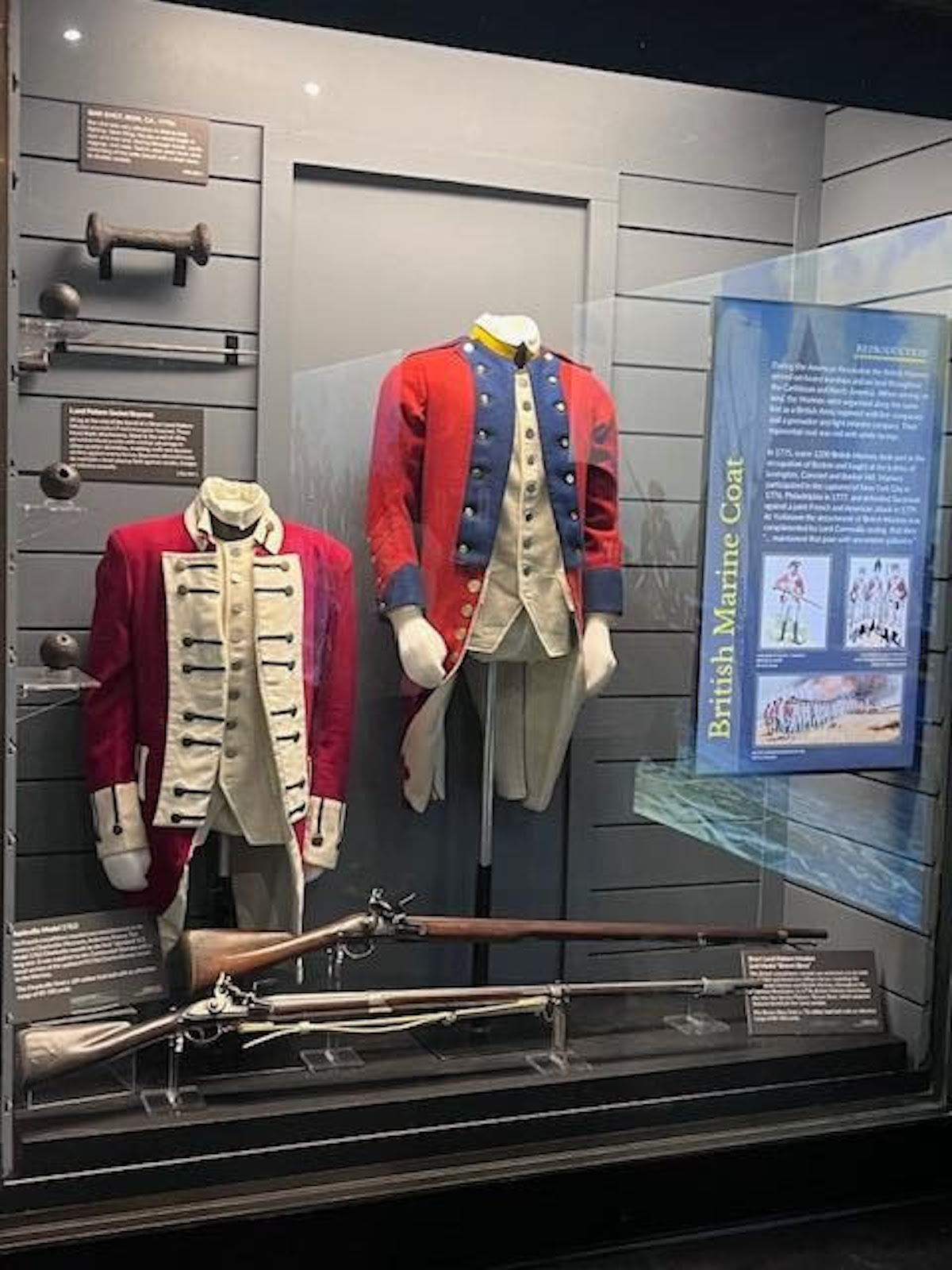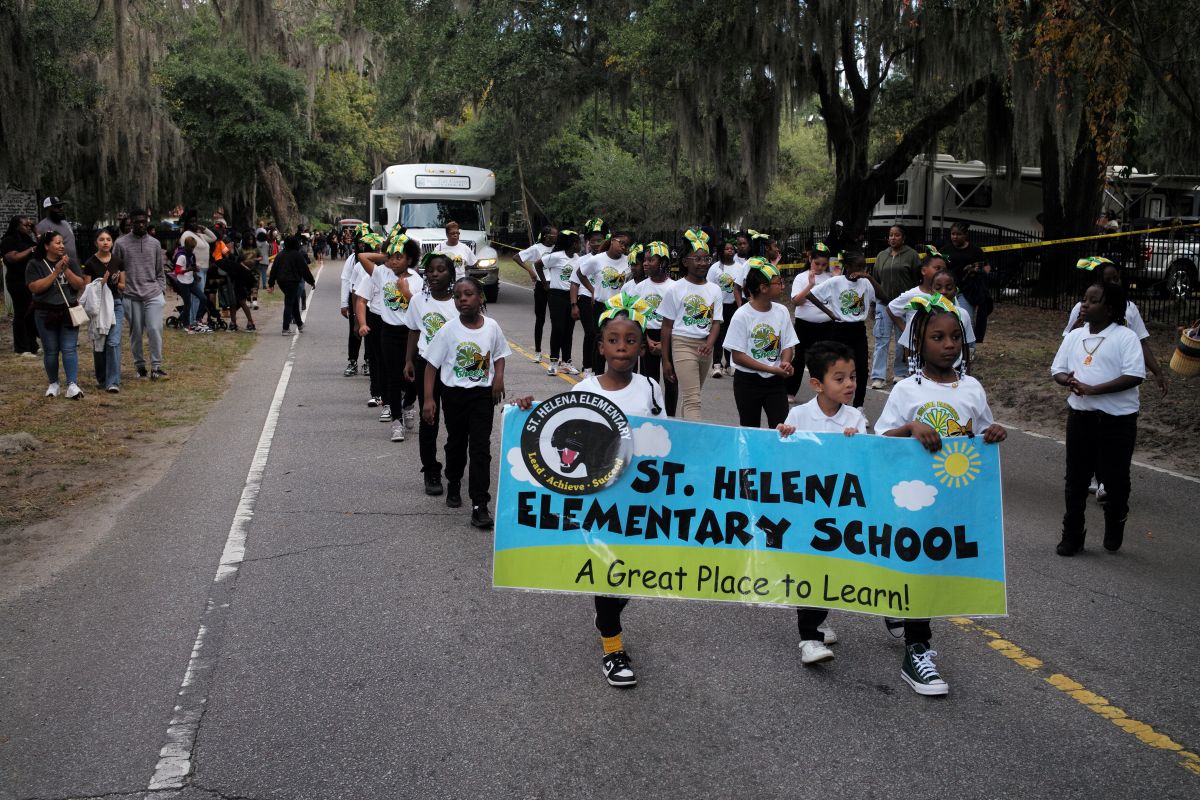Revolutionary War-era artillery demonstration set for Beaufort Arsenal
By Dave O. Lucas
Saturday will be an exciting day at the Beaufort History Museum for Revolutionary War buffs, fans of history, or even just folks who like to see a good show.
Beginning at 10 a.m., members of the 5th Company, 4th South Carolina Regiment, Artillery Demonstration Team, will present a free Revolutionary War Era living history event in the courtyard of the Beaufort Arsenal on Craven Street. The day-long demonstration will include live cannon demonstrations every half-hour.
According to Beaufort History Museum Board President Kathy Mixon, the presentation — the Company’s first visit to the Arsenal — will provide a unique educational opportunity for visitors of all ages to interact with period demonstrators and learn first-hand about Beaufort’s role in the Revolutionary War.
“They’ll be in period clothing and will be talking about Revolutionary War history,” said Mixon. “It’s of a piece with what we are trying to do in terms of encouraging more field trips to the museum and with our ongoing efforts to collaborate with other organizations.”
The cannon firing will take place within the walls of the Arsenal’s courtyard, but the demonstration firings don’t involve projectiles and won’t present any danger to spectators, added Mixon. This first-time visit by the artillery re-enactors, along with a free lecture on Colonial-era archaeology the Friday night before, are part of the museum’s ongoing plans to offer more educational experiences that will appeal to both adults and a younger audience.
As Mixon spoke to The Island News on a recent weekday afternoon, a group of 2nd-graders from Riverview Charter School were enjoying a live presentation about life during Civil War-era Beaufort in the Arsenal courtyard and touring the exhibits on the second-floor museum.
The Friday night presentation by archaeologist Rita Elliot will cover the Revolutionary War Battle of Purysburg (Revolutionary War-era spelling) in old Beaufort District (near modern-day Hardeeville), and include a detailed look at the excavation of the battle site. The battle at Purysburg was part of a series of military movements in 1779 designed to prevent the invasion of British troops into South Carolina. The lecture series is co-sponsored by the museum and the Beaufort County Library.
A little-known fact about the Arsenal building, which today serves as home for the Beaufort History Museum and Visitor’s Center and is a must-visit first stop for out-of-towners experiencing Beaufort for the first time, is that an earlier version the massive yellow masonry building was actually first built in 1798 to serve as a home base for Beaufort’s Colonial-era volunteer artillery company. The current structure was finished in 1852. (A model of the original tabby and wood structure can be seen at the museum.)
The roster of the volunteer artillery company during the 1800s reads like a who’s who of Beaufort’s early founding families, with names like Barnwell, Elliott and Rhett. Over time, the company became as much a social institution as a militia, but everything about the Arsenal building reflects its martial roots. Mixon said her great-uncle Fred Christianson’s diaries from 1880-1915 describe parties and dances held at the Arsenal during the post-Reconstruction period.
“We are very much looking forward to this event and to the Friday night lecture,” said Mixon. “We really want to continue building and growing the museum’s educational component with new programs and events, so we are hoping for a great turnout of people to come learn more about Beaufort’s role in the American Revolution and to see and hear the cannons roar like they did during some of the War’s key battles.”
In addition to the Battle of Purysburg that will be covered during Friday night’s lecture, the Battle of Beaufort — also known as the Battle of Port Royal Island — was another key engagement in the War. In February of 1779, a force made up of local militia members, some Continental Army regulars and two volunteer artillery companies from Charleston saw action. A historical marker notes the location where the American forces, led by Col. William Moultrie, halted the British Army’s march toward Charleston from Savannah in a fierce battle that took place around Gray’s Hill on present-day Highway 21, another reminder of the amazing history that continues to draw visitors to the area and that the Beaufort History Museum is dedicated to educating people about.
The weekend’s events are free and open to the public.
Dave O. Lucas retired after 30 years in state government, most recently the S.C. Department of Natural Resources, where he was the Public Information Coordinator for the coastal region. He can be reached at DaveOLucas.beaufort@gmail.com.


